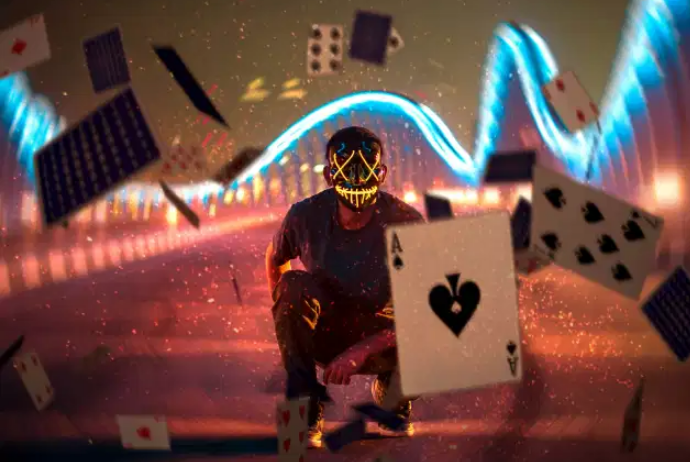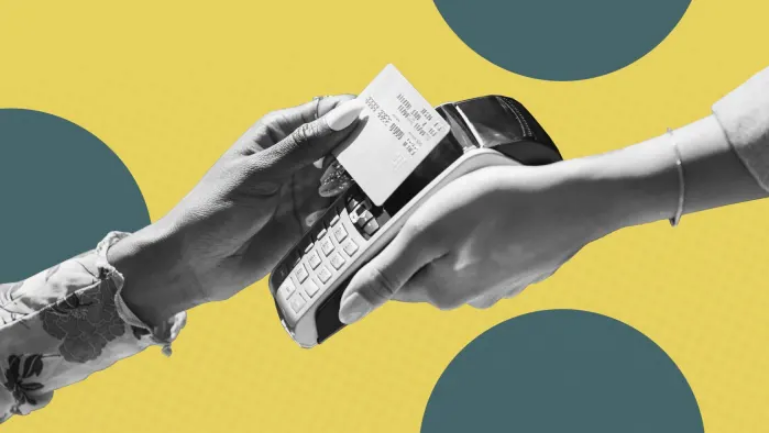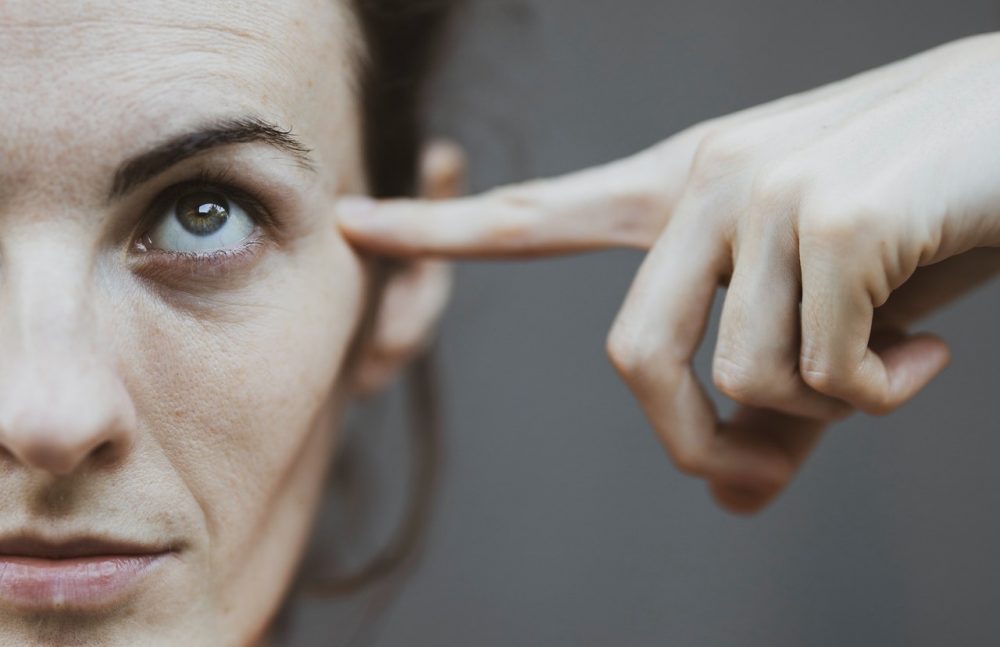Most people see themselves as rational beings that think through decisions. However, the reality is that when it comes to spending, people can be creatures of impulse. Sometimes, we forget about our budgets and cannot resist the urge to treat ourselves. Thus, we make choices that are driven by emotions and not logic.
In 1984, Susan Fiske and Shelly Taylor published a seminal book titled – Social Cognition. They proposed that people gravitate to the option that requires the least amount of effort. They believe that we process information based on our social environment at two speeds, a slow one, based on systematic analysis, and quickly, using cognitive shortcuts such as biases. An example of the first would be that once the pandemic hit, due to the assumption that this occurrence would negatively impact the economy, people reduced IT spending and focused on essentials. An example of a cognitive shortcut is picking a product because its manufacturer operates from your hometown, a situation where sentimentality trumps rational analysis.
We all take mental shortcuts because our brains have a finite amount of energy to spend. We cannot rationally process every decision made during the day. Thus, frequently, our actions get decided by unconscious processes set in place in childhood. Our brains only stop to analyze when something crucial is on the line. In other cases, we turn to delayed reward discounting by opting for smaller rewards now instead of waiting for large ones later on, or we cave into social pressures.

Motivations Behind Spending Money at Online Casinos
The urge to play games of chance is a unique psychological phenomenon. There has been extensive research regarding what goes on in the mind of the average bettor. What makes him play, and what stops him from quitting when he may face financial peril. As you may know, gambling is illegal in most parts of India, and there is no regulation regarding its digital form. However, Indian players can freely register at offshore sites such as Pure Indian Casino and spin digital reels or play classic table games without fear of prosecution.
Studies have shown a correlation between good mood and increased gaming activity, which has led psychologists to believe that the more positive a person feels, the more likely he is to engage in risky behavior. People feel more optimistic when in a good mood and, in turn, are more likely to expect a positive result when taking risks.
The gambler’s fallacy is also an interesting phenomenon, and it involves the belief that if a specific event happens repeatedly, a different one is imminent. For instance, if the little white ball lands ten times on black on the roulette wheel, a player expects that it soon must land on red, even though the odds are 50/50 on every spin. The notion is that the probability changes in favor of red if most of the previous results were the ball falling on black.
Superstitions are a form of self-delusion, where players create patterns of behavior that they believe help them win. Casino design games so that the house always has the advantage in the long-term. However, since all results are random, short-term anything is possible, and no one can predict or affect any outcome, the casino included, as it’s all chance.
What Makes Most Shoppers Tick
It may shock you to find out, but according to research from the Baynard Institute, 96% of people that walk into a retail store do not make a purchase. Furthermore, 39% of people have no intention of making a purchase and are just browsing. These percentages reflect the challenges that retail stores face when attempting to convert potential shoppers into buyers.
It’s interesting to note that most shoppers would rather avoid conversing with sales representatives, as evident by the high demand for self-service checkouts. People do not like to get pressured into things, as they do not like watching people as they try to persuade them into something. Most find this behavior irritant and want to be left alone when shopping.
Another factor worth considering is what retailers refer to as abandonment. Abandonment is when people get set on buying an item and then change their minds. In the online sphere, this rate is as high as 70%. However, in most cases, shoppers never intended to purchase the item in the first place. We all also have a built-in mechanism that kicks in when we have to pay for something. A psychological block that people have to have significant enticement to overcome before making a purchase.





